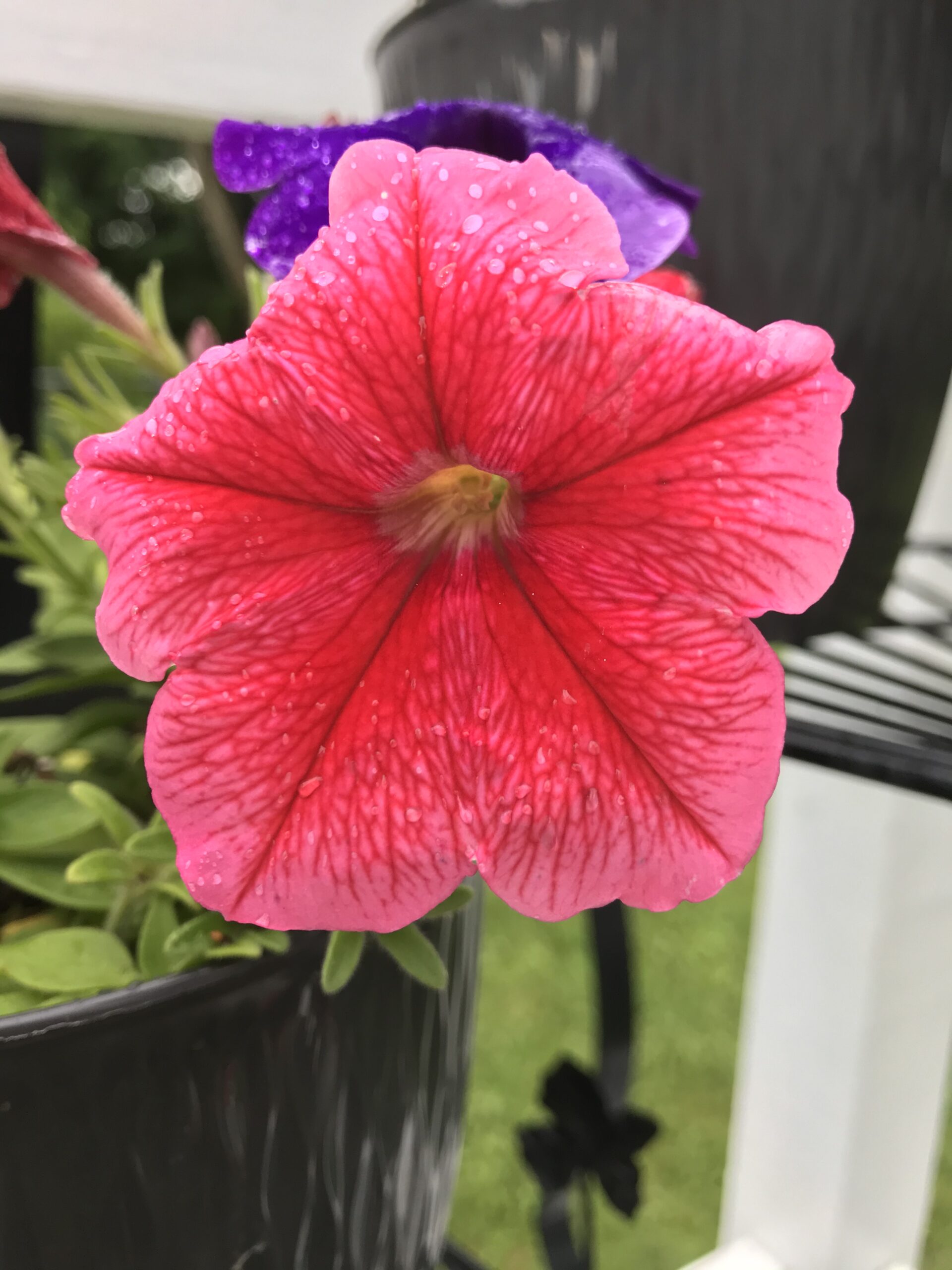Choosing flowers for your landscape is exciting. But nothing puts a damper on your dreams of a beautifully landscaped property faster than a garden full of dead flowers. If you’re new to gardening, it’s usually best to cut your teeth on hardy flower varieties before working your way up to more difficult plants. Read on for ten easy-to-grow flower varieties perfect for beginners.
Marigold
Easy-to-grow annual marigolds can add sunny shades of yellow, red, and orange to containers or flower beds. Plant marigolds in sunny locations in early spring once the danger of frost has passed. Care is usually as simple as watering during any extended dry spells. Deadheading (nipping off flowers as they die) will speed reblooming and improve the overall appearance of plants.
Sunflower
Most sunflowers are annuals, growing best when directly planted just before the last expected frost date for your area. Sunflowers do best with direct sunlight, with most varieties growing from seed to towering, broad-flowered plant in the span of a few short months. Sunflowers can take a little dryness, so this is a great flower to start with if you have a hard time remembering to water.
Zinnia
Available in a wide spectrum of colors, a variety of heights, and an array of bloom shapes, zinnias are a perfect flower for first-time gardeners. Zinnias are annuals, perfectly suited for your full-sun garden space. Plant directly in the garden from seeds after the danger of frost has passed for best results. Maintain moderate soil moisture for optimal growth.
Pansy
Pansies are famed for spring and fall blooms, adding the perfect pop of color to containers or garden borders. Plant in early spring or early fall using young plants purchased from your local garden center; pansies can be tricky to start from seeds. Locations with morning sun and afternoon shade are perfect for cool-loving pansies.
Impatiens
Commonly available impatiens colors are white, pink, red, purple, peach, and yellow. impatiens love shade and moisture, making them a perfect choice for covered areas. Plant young transplants from your garden center once the danger of frost has passed. Keep impatiens moist, but not wet, for optimal results.
Daffodil
Ah, daffodils, the harbingers of spring. Beautiful and easy to grow, daffodils are highly recommended for new gardeners. Select high-quality bulbs, looking specifically for full, fleshy bulbs and avoiding any that seem overly dry. Plant in a sunny location in the fall, around a month before the ground freezes solid. Flowers will come up every spring with no further work on your part.
Cosmos
Cosmos are tall annuals with daisy-like blooms. Easy to grow from seeds or garden center plants, cosmos are most commonly available in reds, whites, pinks, and lavenders. As long as the soil is well-drained, cosmos aren’t too picky about where you plant them. Just try not to overwater or overfeed; this leads to bushy plants with fewer flowers.
Petunia
With few care requirements, lots of blooms, and a long growing season, it’s no wonder that petunias are an annual favorite. Start with a flat of young plants from a garden center, transplanting to your garden or container planter once the danger of frost has passed. Water only when the soil gets very dry, and deadhead to improve overall plant appearance and growth.
Morning Glory
Arguably even too easy to grow, morning glories can be directly sown from seeds in late spring. Blooming from early summer all the way until the first frosts of fall, morning glories can be used as a dense ground cover or trained to a trellis. Mow or heavily mulch the areas around your morning glories to prevent spreading; they can spread quite aggressively if left unchecked.
Daylily
Daylilies return year after year to add brightness to your garden. Plus, they’re practically maintenance-free, making them an excellent choice for the new gardener. Plant in spring as soon as soil can be worked, leaving a bit of room for the plants to spread in years to come. While they can handle a variety of less-than-ideal conditions, daylilies bloom their best with full sun and fertile, well-drained soil.
Any of these flowers is an excellent choice for a new gardener. Choose varieties best suited to the growing conditions your space offers. Plant impatiens in a planter on a shaded porch, or maybe try adding some daffodils for early spring colors. No matter which direction you decide to go in, you’ll soon be on your way to a beautiful space.
